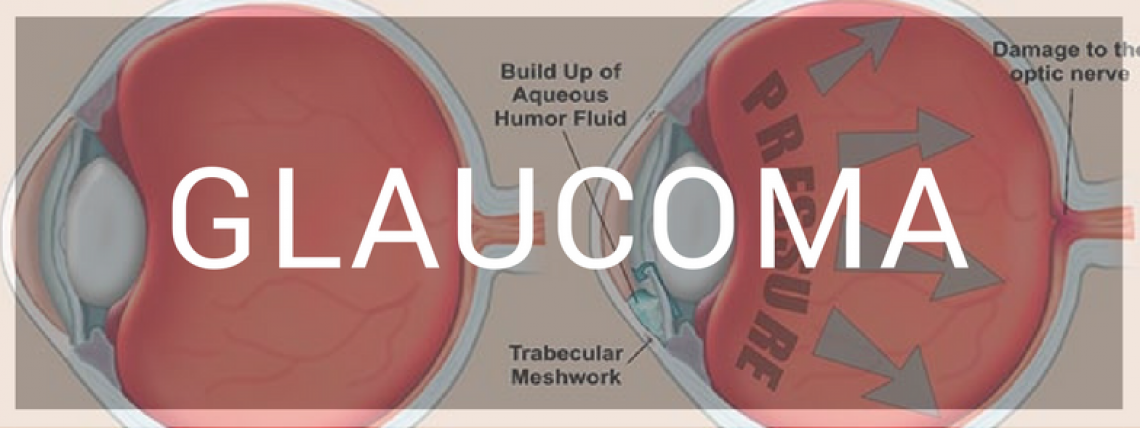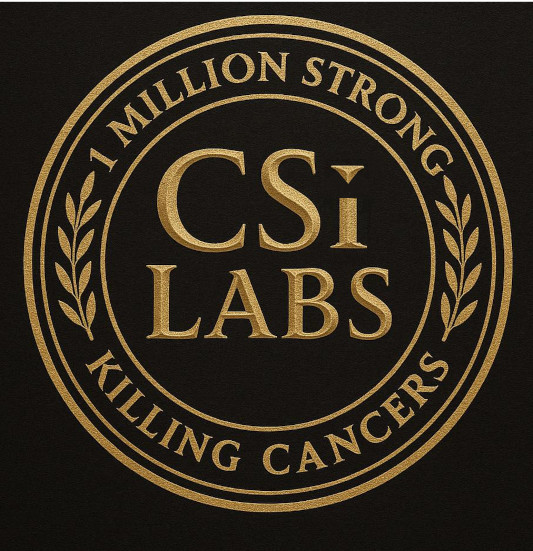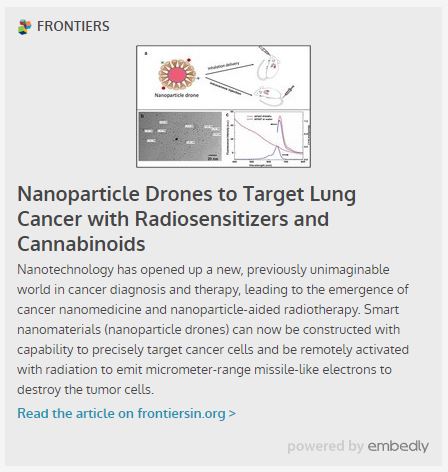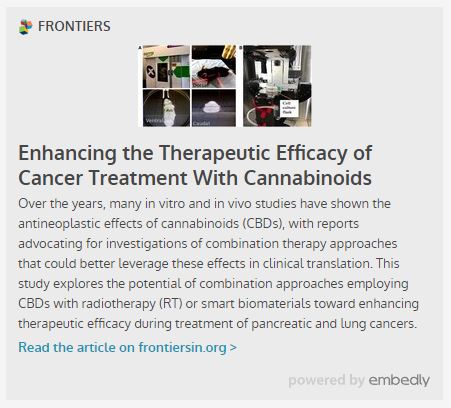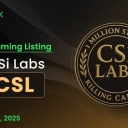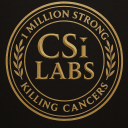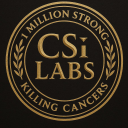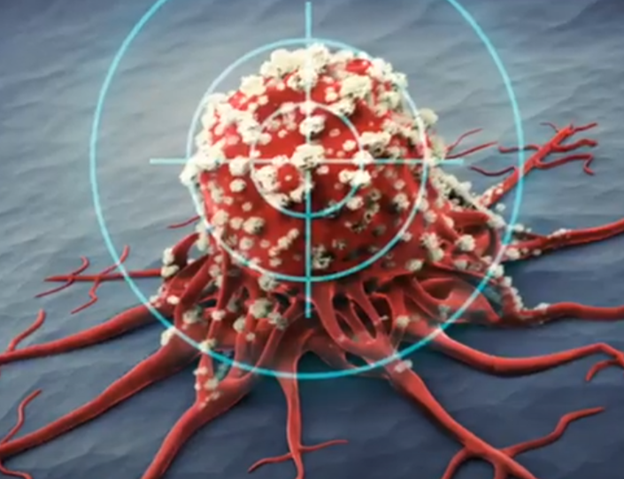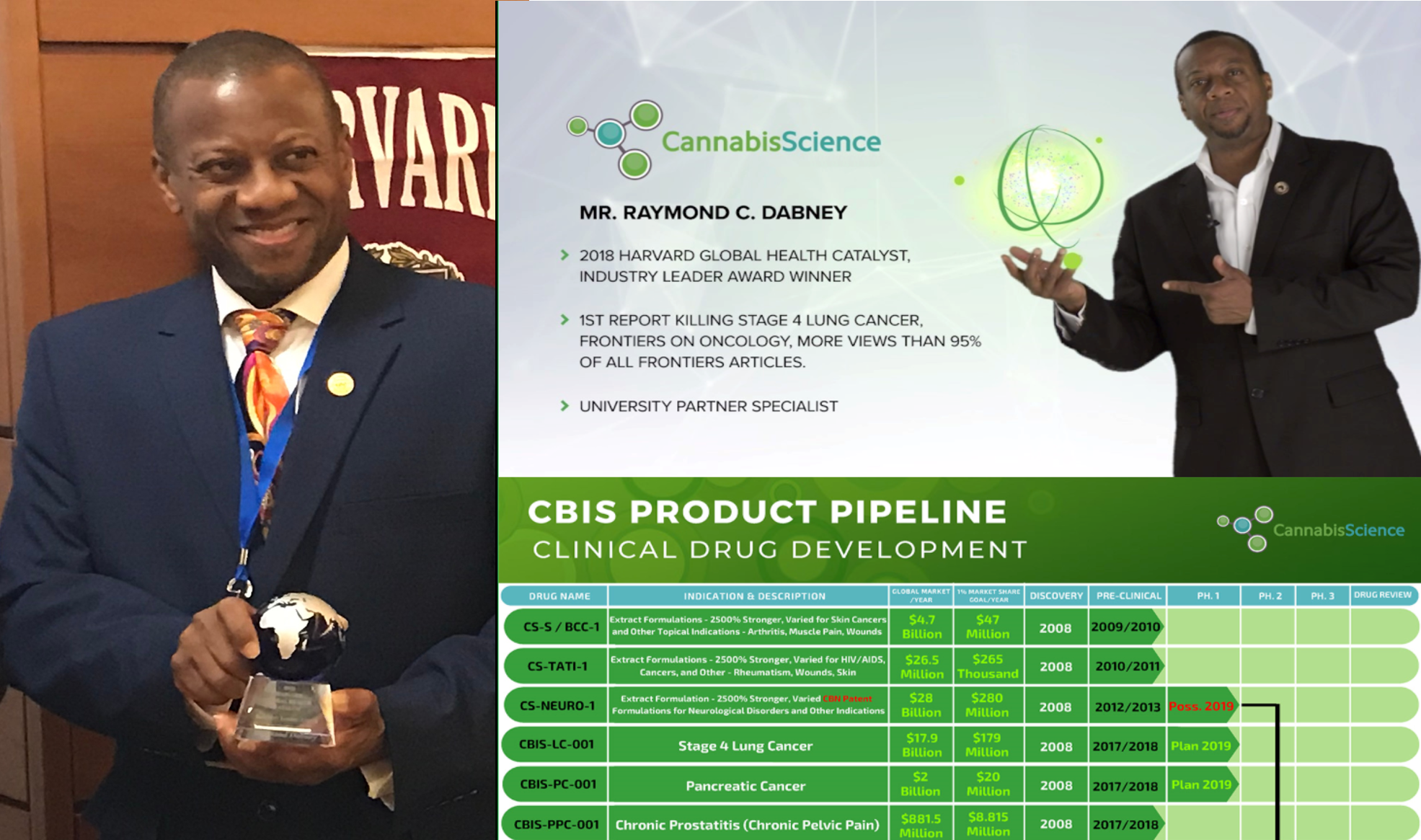-
Disease Description
Glaucoma is a disease in which the optic nerve is damaged, leading to progressive, irreversible loss of vision. It is often, but not always, associated with increased pressure of the fluid in the eye.
The nerve damage involves loss of retinal ganglion cells in a characteristic pattern. There are many different sub-types of glaucoma but they can all be considered as a type of optic neuropathy. Raised intraocular pressure is a significant risk factor for developing glaucoma (above 22 mmHg or 2.9 kPa). One person may develop nerve damage at a relatively low pressure, while another person may have high eye pressure for years and yet never develop damage. Untreated glaucoma leads to permanent damage of the optic nerve and resultant visual field loss, which can progress to blindness.
Glaucoma can be divided roughly into two main categories, "open angle" and "closed angle" glaucoma. Closed angle glaucoma can appear suddenly and is often painful; visual loss can progress quickly but the discomfort often leads patients to seek medical attention before permanent damage occurs. Open angle, chronic glaucoma tends to progress more slowly and the patient may not notice that they have lost vision until the disease has progressed significantly.
Glaucoma has been nicknamed the "sneak thief of sight" because the loss of vision normally occurs gradually over a long period of time and is often only recognized when the disease is quite advanced. Once lost, this damaged visual field can never be recovered.
Prevalence
Worldwide, it is the second leading cause of blindness. It is also the first leading cause of blindness among African Americans. Glaucoma affects 1 in 200 people aged fifty and younger, and 1 in 10 over the age of eighty. If the condition is detected early enough it is possible to arrest the development or slow the progression with medical and surgical means.
Current Treatments
Glaucoma treatment may include prescription eye drops, laser surgery, or microsurgery.
Evidence for and Proposed Mechanism for Cannabinoid Therapeutics
The retinal system could benefit from use of cannabinoids, according to the study Endocannabinoids in the Retina: From Marijuana to Neuroprotection” from the Department of Neurobiology and Behavior at Stony Brook University in New York: “The purpose of this review is to introduce the "cannabinergic" field to the retinal community. All of the fundamental works on cannabinoids have been performed in non-retinal preparations, necessitating extensive dependence on this literature for background. Happily, the retinal cannabinoid system has much in common with other regions of the central nervous system. For example, there is general agreement that cannabinoids suppress dopamine release and presynaptically reduce transmitter release from cones and bipolar cells. How these effects relate to light and dark adaptations, receptive field formation, temporal properties of ganglion cells or visual perception are unknown. The presence of multiple endocannabinoids, degradative enzymes with their bioactive metabolites, and receptors provides a broad spectrum of opportunities for basic research and to identify targets for therapeutic application to retinal diseases.”
Another study at the University of Aberdeen in the United Kingdom also points out the positive impact cannabinoids could have on glaucoma: “Glaucoma is one of the leading causes of blindness in the world. In spite of the diverse therapeutic possibilities, new and better treatments for glaucoma are highly desirable.
Cannabinoids effectively lower the intraocular pressure (IOP) and have neuroprotective actions. Thus, they could potentially be useful in the treatment of glaucoma. The purpose of this article is to provide the reader with an overview of the latest achievements in research into the potential use of cannabinoids for glaucoma.”
-
Category
Critical Ailments -
Created
Thursday, 16 March 2017 -
Group admin
CBIS
American States University
June 1, 2025, Pre-Launch Success! Click the below Image link to setup your Account and begin your Crypto Journey with us. All Crypto Coin Buyers receive a Limited Time Pre-Launch offer! The Time is Now.
1-Million Strong Killing Cancers!
Click the Below Image to Review our Cancer Drug Comparables
*** Warning this document contains graphic images.
CSi-VIP Awards & NASDAQ Updates
Please Click the Below Image:
1st HARVARD Award Winning
Stage 4 Lung Cancer Killing Article:
*** Please click image below.
2nd HARVARD Award Winning
Stage 4 Lung Cancer Killing Article:
*** Please click image below.
*** PLUS
(3) other Cannabis Science
REAL WORLD Successes:
Stage 4 Breast Cancer
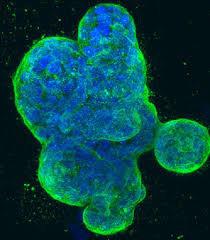
Skin Cancer
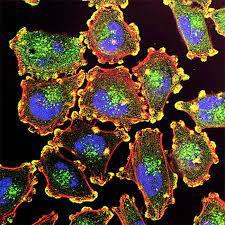
Karposis Sarcoma

The ASU Digital Business HUB will be used as the main business student learning center. GBXI will be the main pivot point to spin out trading shares of all our Partner Public and Private Companies such as Cannabis Science, iCannabinoid, Thermic Science, LNC, LMG, and a few more old and new school surprises for our loyal shareholders. No one will be missed! A true Digital Business HUB for students, just as planned all along.
Each spinout company will give our GBXI registered shareholders additional pro-rata shares in each spinout company over and above their original shares in each entity. This provides the required shareholder base for each company required to trade and gives additional shares to all our loyal GBXI shareholders.
We call this “Compounding our Wealth” through extra spinout share participation for all our loyal GBXI shareholders. Each registered GBXI shareholder will receive additional shares of each spinout Company over and above their original shares to enjoy additional liquidity as each company begins to trade through the GBXI Digital Business HUB spinout process.
Click here to review the Report:
Case No. 2:17-CV-02271-KJM-JDP
Inspire, Dream, Change
YOUR DIGITAL ERA Personal & Business Access Learning HUB
CSi-VIP & CBIS-Shareholder Legacy
Above ANNOUNCEMENT: December 31, 2025, Cannabis Science Inc., Shareholder Close-out.
Pease Click the above Calendar image to book your time to speak with Mr. Dabney about "Your Final CSi-VIP Shareholder Legacy".
Cannabis Science Financials & FINAL CBIS/CSi-VIP Share Numbers. Click the above Image link to view the latest Report.
November 5, 2025
Cannabis Science Shareholder FINAL Audit Confirmations
Click the above Image link to view the latest Report
September 23, 2025
Cannabis Science Shareholder Audit Confirmations Underway now!
Click the above Image link to view the latest Report.
July 7, 2025
Click the above Image link to view the latest cancer Killing promotional video. This is where you can join our 1-Million Strong youtube page to view more videos as we proceed forward.
June 1, 2025, Pre-Launch Success
Click the above Image link to setup your Account and begin your Crypto Journey with us. All Crypto Coin Buyers receive a Limited Time offer!
Click the ABOVE Image to Review our 1-Million Strong FC, Media Kit
*** Warning this document contains exciting images.
Click the above Image to become one of the First 1-Million Strong Killing Cancers, Fight Club Members to help 'Make that Change' Join in Now! *** Warning this Membership contains Exciting Results.
PS ... ALL of our CSi-VIP's and those who Donated through the ASU/CSi-EDP GO-Fund-Me Promotion you do not need to purchase anything, you are ALREADY included in the "First" 1-Million Membership Club, CONGRATULATIONS !!!
Cannabis Science CEO, Presents …
The FINAL “CBIS GIFT Shares” Issuances!
DECEMBER 2024, Cheers! & HAPPY HOLIDAYS !!!
ALL GIFT Shares 1, 2, & 3 being ISSUED !!!
LAST Steps:
Please confirm Yours NOW !!!
1. CONFIRM Correct Total Share Amount(s)
2. CONFIRM Correct Name(s) on CERTIFICATE
3. CONFIRM Correct Mailing Address
ASU/CSi-EDP-ECO-System
At it's FINEST !!!
WHICH ONE ARE YOU ??
Those who, MAKE things happen.
Those who WATCH things happen.
Those who WONDER what the ... HAPPENED ???
We can make this HAPPEN way FASTER Working as a TEAM !!!
WHAT Matters is how much you CARE about KILLING CANCERS ...
This is it ... We are ALL Here ... Now ... with a Bunch of Celebrities going on TV Worldwide to Start raising $20 Million to Keep Killing Cancers.

2025 Audit considerations NASDAQ.
Cannabis Science Inc.
Share Structure 2025
Par Value: $0.001 USD
Last Price: $0.00647 USD
OTC Markets.
Common Stock:
Authorized:
5,000,000,000
Issued:
2,839,095,296
Fully Diluted:
4,510,547,648
Class A Common Stock
Authorized:
100,000,000
Issued:
0
Class B Common Stock
Authorized:
1,500,000,000
Issued:
0
Preferred Stock
Authorized:
1,000,000
Issued:
1,000,000
Sign up for a FREE Assessment to JOIN the UNIVERSITY Team or any ASU/CSi-EDP Team for whatever your AREA of Expertise is … then say no more… you already know.
You already know our Extensive LIST of GROUNDBREAKING Products.
1-Million STRONG TV Coverage, HARVARD Award Success.
TAKE YOUR PICK AND BECOME A PART OF HISTORICAL CHANGE
*** APPLY for FREE in CONFIDENCE and Success.
Each Product launch WE RELEASE will include Equity Participation according to standard salaries and share bonus structures.
EVERYONE sign up to add your STRENGTHS to OUR COMBINED SUCCESS and lets MAKE THIS HAPPEN NOW !!!
Activity Stream
Anyone know what happened to Cannabis Science stock? Any update is greatly appreciated
- Report


Congratulations Guys! We are here at the FINISH LINE! December 31, 2025, the END of our Shareholder Confirmations! What a task!
Once again, now we...Congratulations Guys! We are here at the FINISH LINE! December 31, 2025, the END of our Shareholder Confirmations! What a task!
Once again, now we can focus on completing our financials, finish the remaining CSi-VIP Legacy Shareholder Reports, the CBIS Loyalty GIFT Share Reports, so we can begin our next Phase, the actual Audit.
Again, Thanks for your Support and your Patience as we go through these tedious levels of Reporting to bring our Shares back trading.
May God Bless us ALL.
Talk soon.
Raymond - IGWT
Show more

Once again, now we...Congratulations Guys! We are here at the FINISH LINE! December 31, 2025, the END of our Shareholder Confirmations! What a task!
Once again, now we can focus on completing our financials, finish the remaining CSi-VIP Legacy Shareholder Reports, the CBIS Loyalty GIFT Share Reports, so we can begin our next Phase, the actual Audit.
Again, Thanks for your Support and your Patience as we go through these tedious levels of Reporting to bring our Shares back trading.
May God Bless us ALL.
Talk soon.
Raymond - IGWT Show more yesterday




